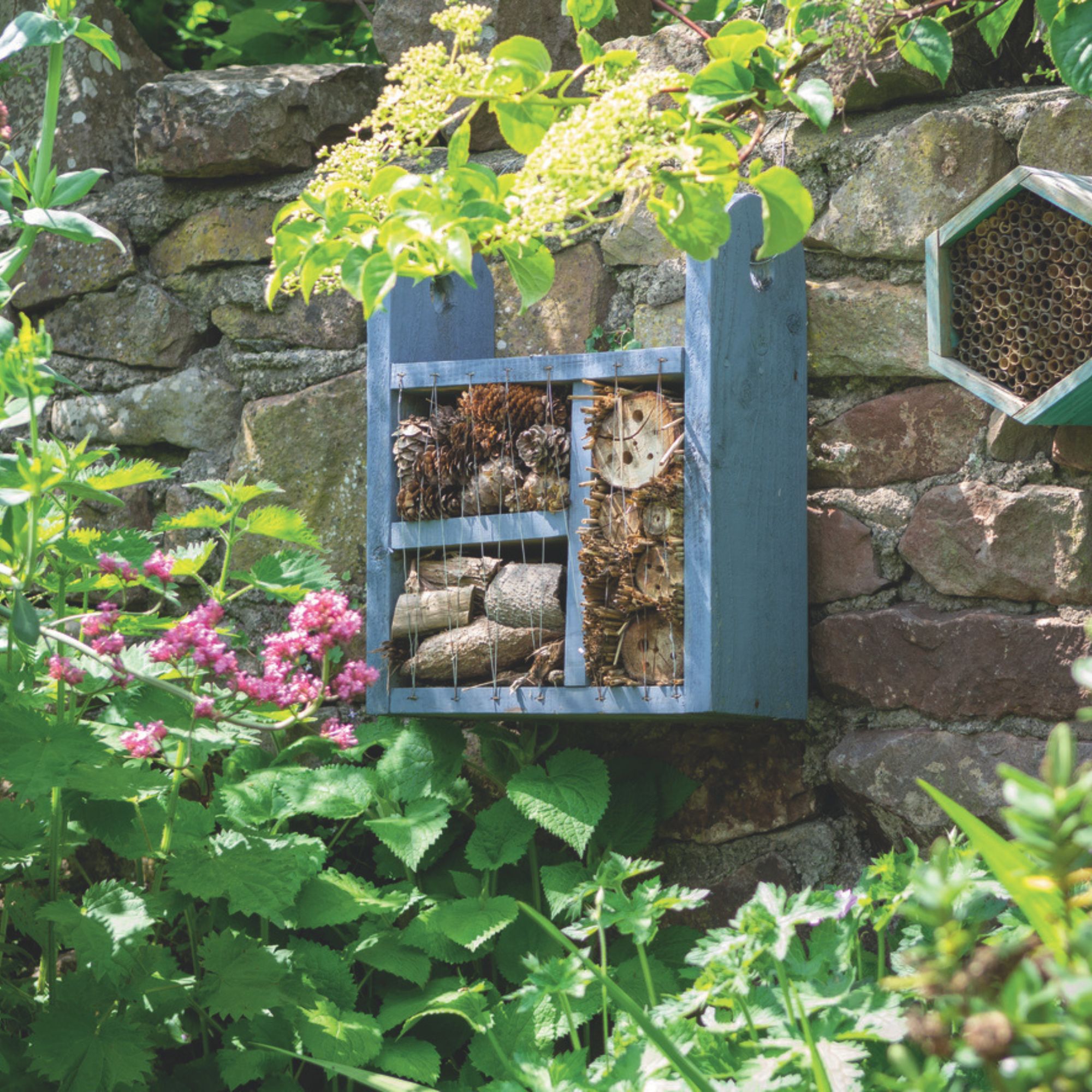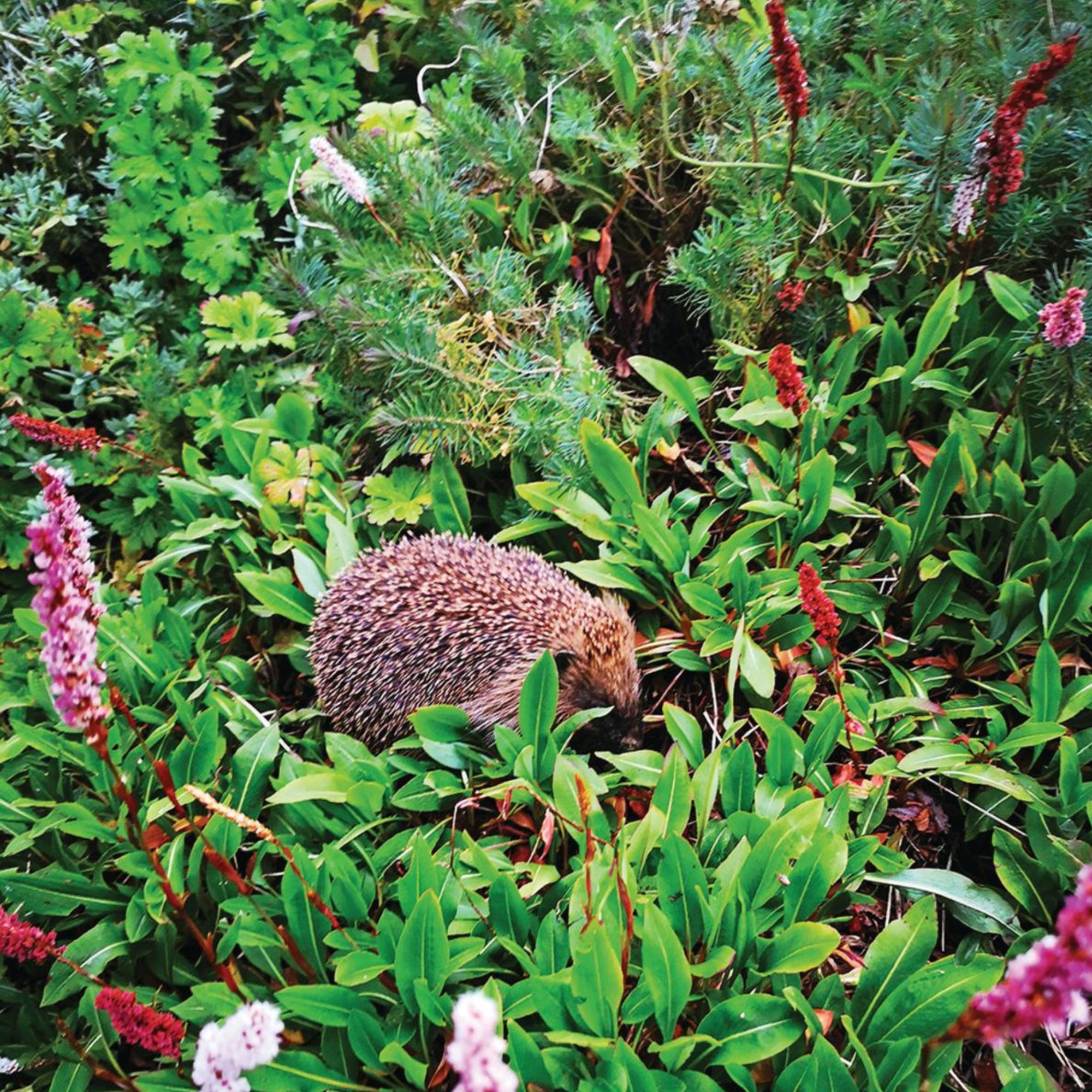Monty Don's top tips for banishing slugs and snails make so much sense – they're both kind and effective
Sick of slugs and snails chomping up your garden? Try the Monty Don approach...


It's little wonder that so many of us are desperate to learn Monty Don's top tips for banishing slugs and snails; the gardening pro, after all, has rarely steered us wrong in the past, so if he says something is the best way to keep slugs away, we listen!
Long branded as one of the top garden plant pests you shouldn't ignore, snails (and their cuter, shell-decked pals, the snails) have been branded as unwelcome visitors to our raised garden beds and garden borders.
Here's the thing, though; there's an art to getting rid of slugs like a pro. And, more importantly, there's a lot of research out there which suggests that Monty Don's way of doing things is head-and-shoulders above the rest.
Monty Don's top tips for banishing slugs and snails
Writing in his popular gardening blog, Monty Don reminds us once again that slugs and snails aren't the garden baddies we make them out to be. In fact, they're actually 'superb at recycling waste vegetative matter' even if they fail to 'discriminate between a fallen leaf and a delicious young seedling'.
It makes sense, then, that the gardening pro warns us all against using harsh chemicals and slug pellets, and instead offers up five alternative options for banishing these pesky molluscs from our outdoor spaces...
1. Invest in a small slug-free cold frame

First on Monty Don's top tips for banishing slugs and snails? Set up a slug-free cold frame, like this one from Dunelm, that allows you to raise young plants without any fears of them getting chomped.
'Slugs and snails tend to devour young plants and seedlings, so at this stage of growth is the time to protect them as best as possible,' agrees Morris Hankinson, director of Hopes Grove Nurseries.
Sign up to our newsletter for style inspiration, real homes, project and garden advice and shopping know-how
'Placing them in a cold frame or on a table helps to keep them out of reach of slugs and snails, but they will soon make their way up a table if they can, so do keep an eye out.'

Morris Hankinson is the founder and managing director of Hopes Grove Nurseries Ltd, the UK’s only specialist grower-retailer of hedging plants. He established the thriving business in 1992, shortly after graduating with a Commercial Horticulture Degree from Writtle College, Essex.
Morris adds that placing copper tape (pick it up from Amazon) around the legs of the table can 'help to keep some young or tender plants safer, but won’t help plants in open beds'.
'There are individual smaller cold frames which can be used to place over plants in beds, but again do keep a regular check as slugs, especially, will still make their way in under the soil,' he says. This pop-up mini greenhouse from Amazon is a great budget buy if you want to give this option a go.
2. Don't overfeed your plants
Next on Monty Don's top tips for banishing slugs and snails is this: do not feed plants any more than is absolutely necessary.
Explaining why this is so important, Morris points out that 'plants which have been overfed, especially with high nitrogen fertiliser, tend to encourage lots of foliage which is soft and delicious to slugs and snails'.
'Feeding only as needed will be somewhat less appealing to some pests. There is, however, a balance to reach because some plants do need regular feed, especially if growing in pots,' he continues. 'Mulching and looking after the soil plants grow in is perhaps preferable to maintain balance.'
3. Feed the soil, not the plant

If you really want to adhere to Monty Don's top tips for banishing slugs and snails, then it's always worth remembering to feed the soil, not the plant. 'This will avoid a spurt of soft, sappy growth that slugs love,' he explains on his blog.
Picking this point up, Morris notes that 'healthy soil is where growing starts'.
'This will help plants thrive, be stronger and more able to resist slugs and snails, or at least some damage. Compost, mulch, leaf mulch and anything organic which encourages a balanced soil and ecosystem will benefit the garden overall,' he stresses.
'This is a sustainable element of a biodiverse garden, but won’t directly help with keeping slugs and snails from munching on young plants.'
4. Grow your plants 'hard'
When sharing his top tips for banishing slugs and snails, Monty Don writes that you should 'grow your plants as "hard" as possible' to avoid causing undue stress.
'This means growing plants in environments where they become more resilient, such as exposure to wind, rain, temperature changes, drought,' explains Morris kindly.
'This can help to toughen up plant tissue, which in turn may make them more resistant to slug and snail damage.'
That being said, Morris notes that there is a 'balance to be had with this and it’s more about the right plant for the right place'.
'If you were to place a plant that requires moist soil in sandy soil, middle drought, it simply will struggle and most likely not survive. Choose the right plants for the conditions they will thrive in, and this will help them grow strong,' he says.
5. Encourage natural predators
The fifth and final point on Monty Don's top tips for banishing slugs and snails is, perhaps, the best of all: make a point of encouraging natural predators into your garden.
'I have masses of thrushes, frogs, toads, beetles, centipedes, shrews, and a few hedgehogs, all of which love eating slugs and snails,' he writes.
Morris notes that this is his 'favourite approach to gardening in general', as a 'biodiverse space will mean the natural cycle will look after itself'.
'Encouraging frogs and toads, birds and hedgehogs to eat the slugs and snails will help to keep the population down naturally,' he says. 'Having plenty of places for ground beetles and other insects will mean they will feed on slugs and their eggs, helping to break the cycle.'

Morris adds that 'wildlife gardens will overall be helpful for the plants you are cultivating'.
'This does take time but is essential for a healthy, balanced garden with slugs and snails part of the ecosystem but not too many that you have to protect everything from them,' he finishes.
FAQs
How does Monty Don get rid of slugs?
Monty Don prefers to get rid of slugs and snails by encouraging their natural predators into his garden, so you may want to read up on what to feed birds in a garden and ways to make your outdoor space more hedgehog-friendly.
On top of this, the gardening pro also recommends cultivating more resilient plants by reducing feeds, avoiding slug pellets and chemicals, and taking care not to stress plants 'with sudden temperature or cultivation changes.'
'Do not mollycoddle them,' he adds.
What is the best thing to stop slugs and snails?
While mulches, copper tape, and pot feet are often touted as the best thing to stop slugs and snails in a garden, you should also try planting bedding plants that slugs hate – and planting climbers and small trees for cover, as well as some berry-producing plants.
This will encourage birds and other wildlife into your garden, many of whom will prove more than happy to gobble up all of your slugs and snails for you.
Now that you know all of Monty Don's top tips for banishing slugs and snails, all that's left to do is put them to work before your seedlings get gobbled up.
Good luck...

Kayleigh Dray became Ideal Home’s Acting Content Editor in the spring of 2023, and is very excited to get to work. She joins the team after a decade-long career working as a journalist and editor across a number of leading lifestyle brands, both in-house and as a freelancer.